12 Psychology Experiments That Helped Researchers Understand Human Behavior
Take a look at a few psychology experiments that studied human behavior and greatly influenced the psychology field.
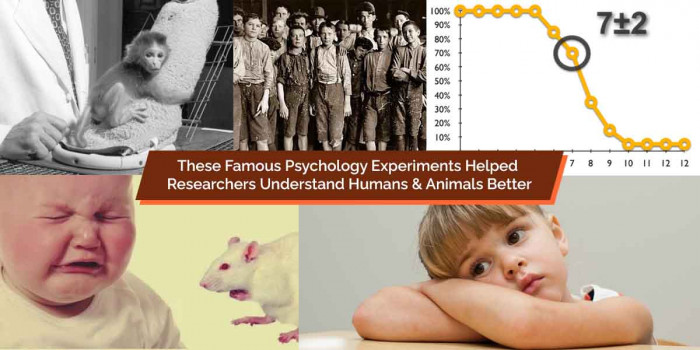
Psychology comprises the study of the unconscious and conscious phenomena. It includes sub-fields of study like human development, clinical, social behavior, and more.
It helps us in understanding ourselves and human behavior. According to American Psychological Association, it is the scientific study of mind and behavior and aims to understand individuals and groups by establishing principles and researching specific cases.
Psychology experiments are performed to understand people’s behavior based on cognition, emotion, intelligence, and motivation. While psychology is related to treating mental health problems, it also solves problems in different spheres of human activity.
Psychology is not a new science; it traces back to 400-500 years BC. It was a popular topic in Europe. In Germany, Gottfried Wilhelm Leibniz applied his principles of calculus and argued that mental activity took place on a continuum. Different religions shared different aspects of psychology.
While some psychology experiments have improved people’s lives, others created controversy. For instance, according to studies, men and women have different brains and explain objects differently. Here are other differences that you should note to understand your spouse better.
Let us know about famous psychology experiments conducted that changed human lives.
1. Selective Attention Test (Invisible Gorilla Test)
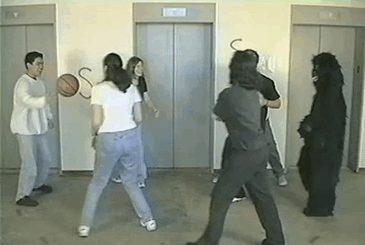
In the Invisible Gorilla experiment conducted by Chabris in 1999, a video is shown to the participants. In the video, there were asked how many passes occurred between basketball players in the white team.
Keeping track of the passes is a difficult task. The participants failed to notice a man in a gorilla suit walking onto the court and standing in the center of the running screen. The study revealed that the majority of the participants did not notice the gorilla at all, proving that they are not multitaskers.
They strongly focused on one element and missed other details. The experiment reveals that people missed a lot of things going around them and have no idea what they are missing.
2. Surrogate Mother Experiment
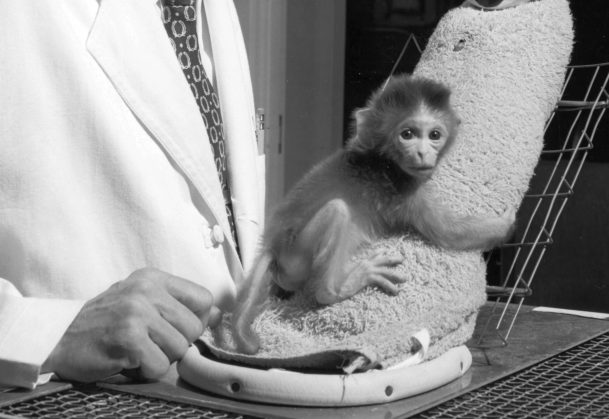
In this psychology experiment, Harry Harlow separated infant rhesus monkeys from mothers after birth and left them to be raised by surrogate mothers. One surrogate mother was made with soft terry cloth but lacked food; another was made with wire with an attached bottle for food.
The research revealed that the baby monkey was more attached to the cloth mother than the wire mother. The experiment proved that affection plays a crucial role in a child’s development.
Furthermore, the monkeys that spent more time cuddling mothers grew up healthier. Physical body contact is more important in the parent-child bond and comparison to basic needs.
3. The Marshmallow Test

In Walter Mischel’s Marshmallow Experiment, children aged 4-6 were taken into a room, where marshmallow was kept on the table. Before leaving the children in the room, he informed the children they would get another marshmallow, only if the first one was kept on the table after he returned in 15 minutes. The experiment was performed to check for how long each child resisted eating the marshmallow and noted if it is correlated with the child’s success in adulthood.
After the experiment, it was revealed that over 600 children ate marshmallows and only one-third of them waited to receive the second marshmallow. Some children covered their eyes and turned around so that they couldn't see the marshmallow.
Later, it was found that those who weighted for long were more competent and received better scores than others. This psychology experiment also found that this characteristic remains with a person for life.
4. The Monster Study
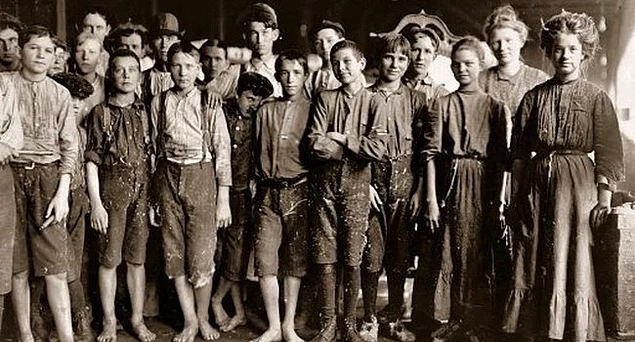
This psychology experiment received a negative title due to unethical methods used to determine the effects on children. Wendell Johnson chose twenty-two-orphan children. They were divided into two groups: one with stutters and one without stutters.
Those who were with stutter were placed in positive speech therapy and were praised for their fluency. The non-stutterers were placed in negative speech therapy. The experiment found that children who received negative speech therapy retained speech problems for their entire life and became examples of the significance of positive reinforcement in education. Here are other dangerous human experiments in history.
5. Magical Number Seven
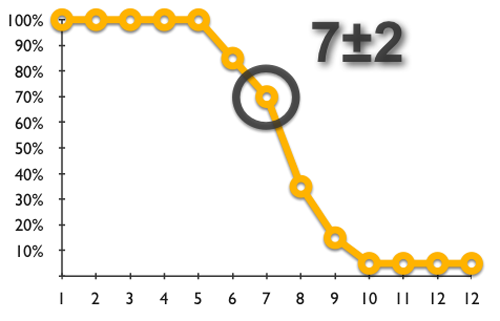
Referred to as Miller’s law, the Magical Number Seven experiments about the number of objects a person can hold in working memory. The human memory includes strings of words and concepts ranging from 5-9. The magical number seven was published in 1956 by psychologist George A. Miller. In the article, he discussed a concurrence between the limits of one-dimensional judgment and limits of short-term memory.
In a one-dimensional judgment task, a candidate is presented with several stimuli that vary from one dimension and respond to stimuli with a corresponding response.
The performance was perfect up to six different stimuli but declined as the number of stimuli increased. This explains that a human’s performance on a one-dimensional judgment can be described as an information store with a capacity of 2-3 bits of information.
6. Little Albert Experiment
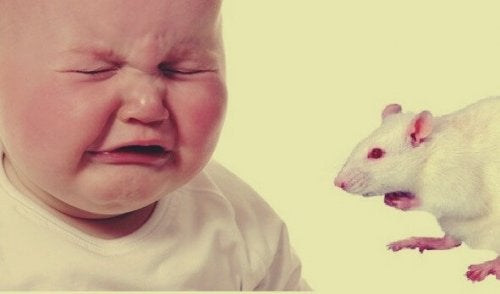
The study conducted in 1920 by John Watson and Rosalie Rayner, the Little Albert Experiment, is considered to be unethical experiments of all time. It was a controlled experiment and showed empirical evidence of classical conditioning in humans. Its results were first published in the February 1920 issue of the Journal of Experimental Psychology.
The experiment began by keeping a white rat in front of the infant who had no fear of animals. He then produced a sound by striking a steel bar with the hammer every time Albert was (a kid) presented with the rat. After some time, the boy began to cry and showed signs of fear every time he saw the rat. He then created similar situations with different animals until he feared with all. This psychology experiment proved that adult fears are related to childhood experiences.
7. Car Crash Experiment

The study conducted by Elizabeth Loftus and John Palmer reveals how deceiving memories can be. In 1974, a car crash experiment was performed to evaluate whether wrong wordings could influence a participant’s recall. The participants were shown a video of a car accident and were asked what happened as they witnessed it.
The researchers asked them the same question with different wordings and found that the two groups give different answers. They were asked, “how fast was the car driving at the time of impact?” and “how fast was the car going when it smashed into the other car?”
This psychology experiment revealed that memory could be manipulated through questioning techniques.
8. The Asch Conformity Experiment

In 1950, psychologist Solomon Asch performed a series of experiments to demonstrate the powers of conformity in groups. The study found that people are susceptible to going along with a group, even after knowing the group is wrong. The students were told to take a vision test and identify which of the three lines was similar to that of the target line.
When students were asked alone, they gave accurate answers. In other trials, the participants (different from the experiment) selected the wrong lines. The experiment proved how conformity could be powerful and subtle to human behavior.
9. Fantz’s Looking Chamber
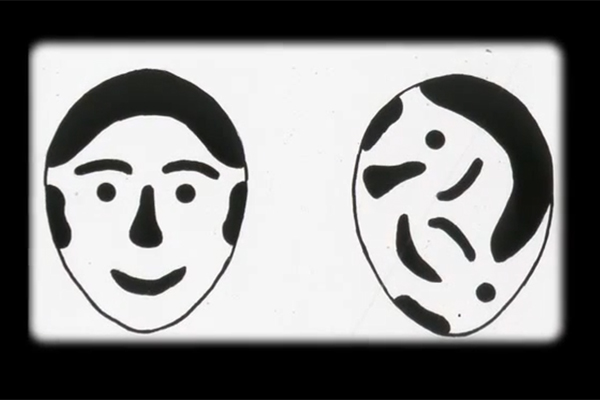
The experiment by Robert L. Fantz is important in the field of infant development and vision. During that time, when the experiment was conducted, only a few ways were introduced to know what’s happening in an infant’s mind. He realized that the best way to know this is to watch the actions and reactions of infants.
To test this concept, he set a display board with two pictures. One picture was of a bull's eye, and another was the sketch of a human face. Then from behind the board, he looked at infants' reactions and what he looked at. The study revealed that the baby looked twice at the human face in comparison to the bull’s eye.
The experiment revealed that human babies have powers of pattern and form selection. He also found that infants look longer at patterned stimuli like concentric circles than at red, white, and yellow discs. Later, several studies were performed, and it was concluded that infants entered the world with an idea of the human face.
10. Learned Helplessness Experiment
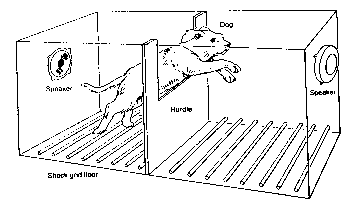
The study conducted by Seligman involved the ringing of a bell and the administration of a light shock to a dog. After several pairings, a dog reacted to the shock even before it happened. During the study, the dogs were placed in a large crate that was divided with a low fence, and the dog could see and jump over the fence.
The floor on one side of the fence was electrified. He placed each dog on the electrifying side and administered a light shock. The researcher expected the dog to jump on the non-shocking side, but it laid down. This psychology experiment proved that dogs learned from the experiment; there’s nothing they could do to avoid the shock & give up easily.
To prove this hypothesis, a new set of dogs experimented with no history of an experiment, and they jumped over the fence. The condition was described as learned helplessness, where an animal or human does not try for the next attempt (in a negative situation) if the past has taught them they can’t do anything.
11. A Class Divided
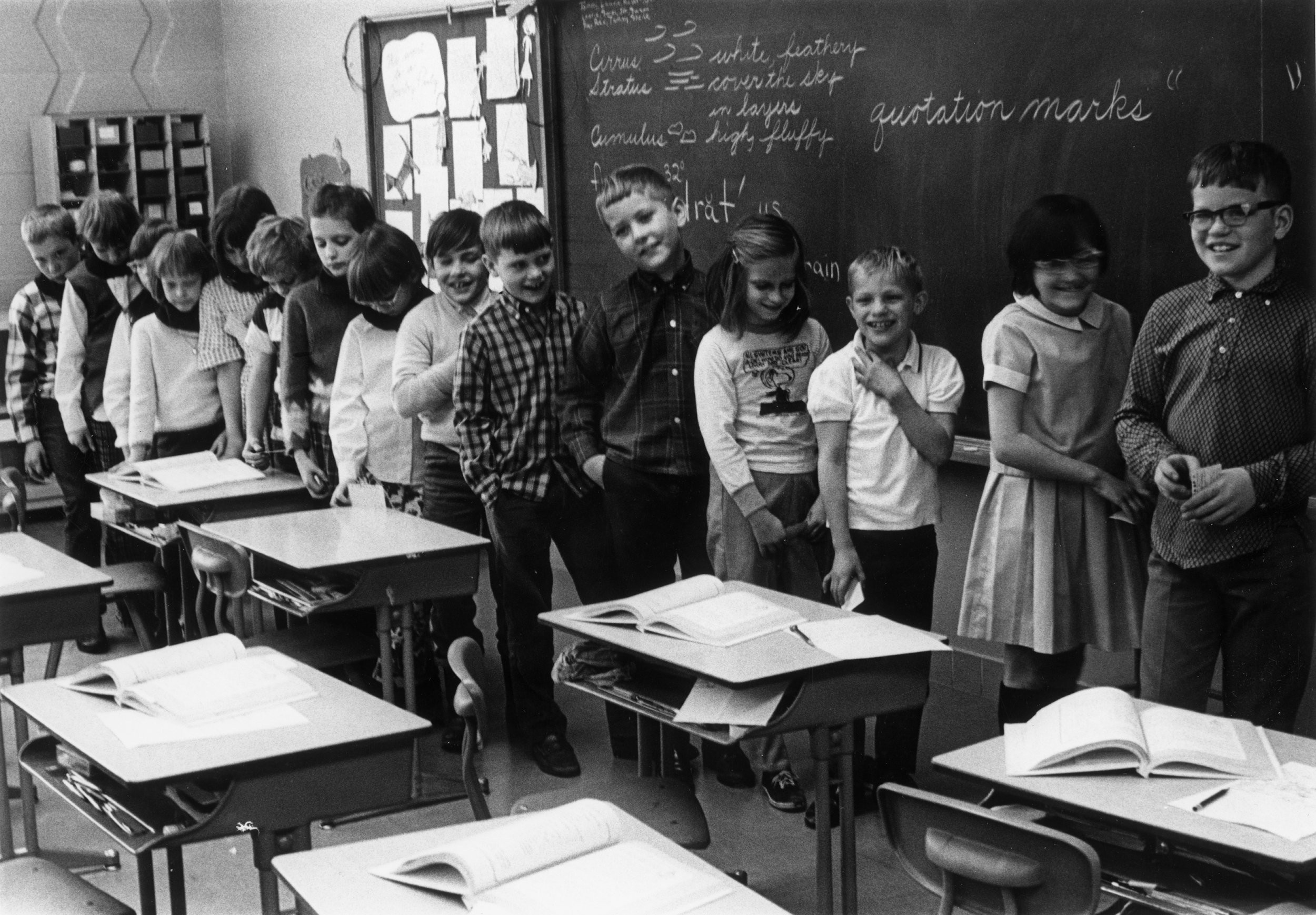
A study conducted in 1968 by Jane Elliott was inspired by the assassination of Dr. Martin Luther King and his life. Jane divided a class into two groups. One with blue-eyed students and another with brown-eyes. She labeled blue-eyed student groups as the superior group and gave them extra privileges, leaving behind the brown-eyed students as the minority group.
She didn’t allow them to interact and ask the superior one to point out the negative characteristics of the minority one. The exercise showed that the children's behavior changed. The brown-eyed ones showed the worst performance and showed lower self-confidence, whereas the blue-eyed ones performed excellently. Later, she reversed the groups and did the same. Later, the students were taught to embrace everyone and not to judge based on outward appearances.
12. Milgram’s Obedience Experiments
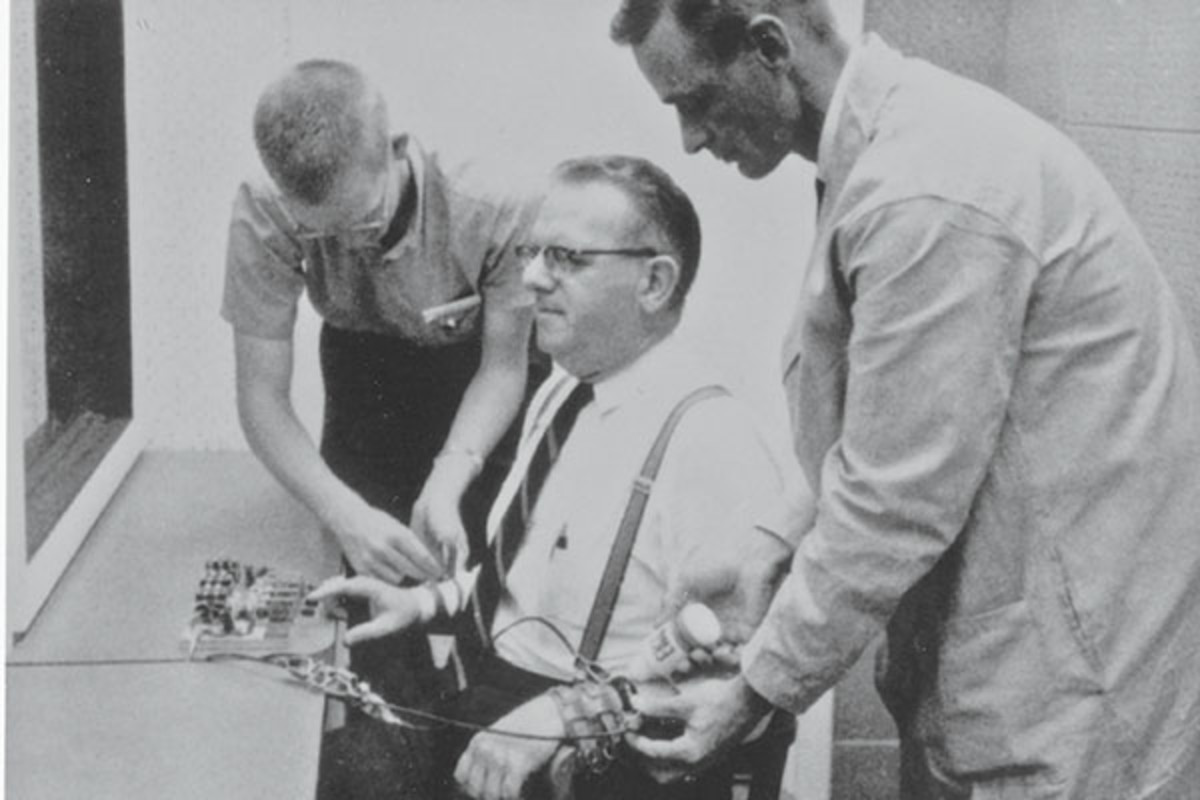
The study was conducted to measure people’s willingness when they are instructed to perform acts that are against morals. The study was based on the fact that humans will take direction from their superiors.
The participants were told to deliver electrical shocks to the learner whenever a wrong answer was given. The learner was a confederate who pretended to be shocked.
He found that nearly 65% of participants were eager to deliver the shock, even after knowing the learner is unconscious.
Final Words
Several psychology experiments conducted helped the researchers in knowing human’s behavior. Do you know about other psychology experiments that turned controversial or lasted a major impact on history? Do share them with us!
Popular Posts
What Is Trypophobia – A Disgust More Than Fear
"I can't really face small, irregularly or asymmetrically placed holes, they make me like, throw up in my mouth, cry a little bi...
Chandan Roy
16 Interesting Facts About Ambidextrous People
A lefty or left-handed uses his left hand more naturally and dominantly than the right hand. And the righty or right-handed is o...
Ethan Stephans
20 Interesting Facts About Meteoroid, Meteor and Meteorite
Watching celestial objects is a true delight. It is still fun to catch a sight of shooting stars when we grow up. A second of th...
Swati Bhandari








